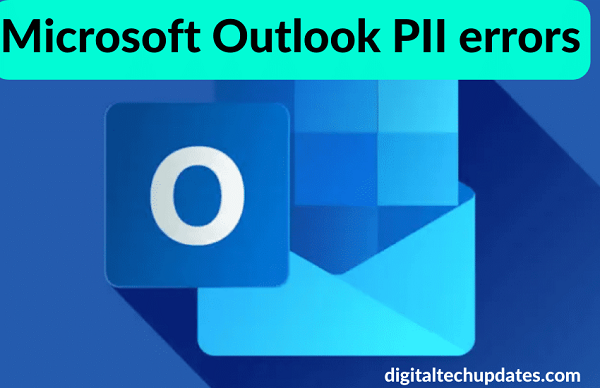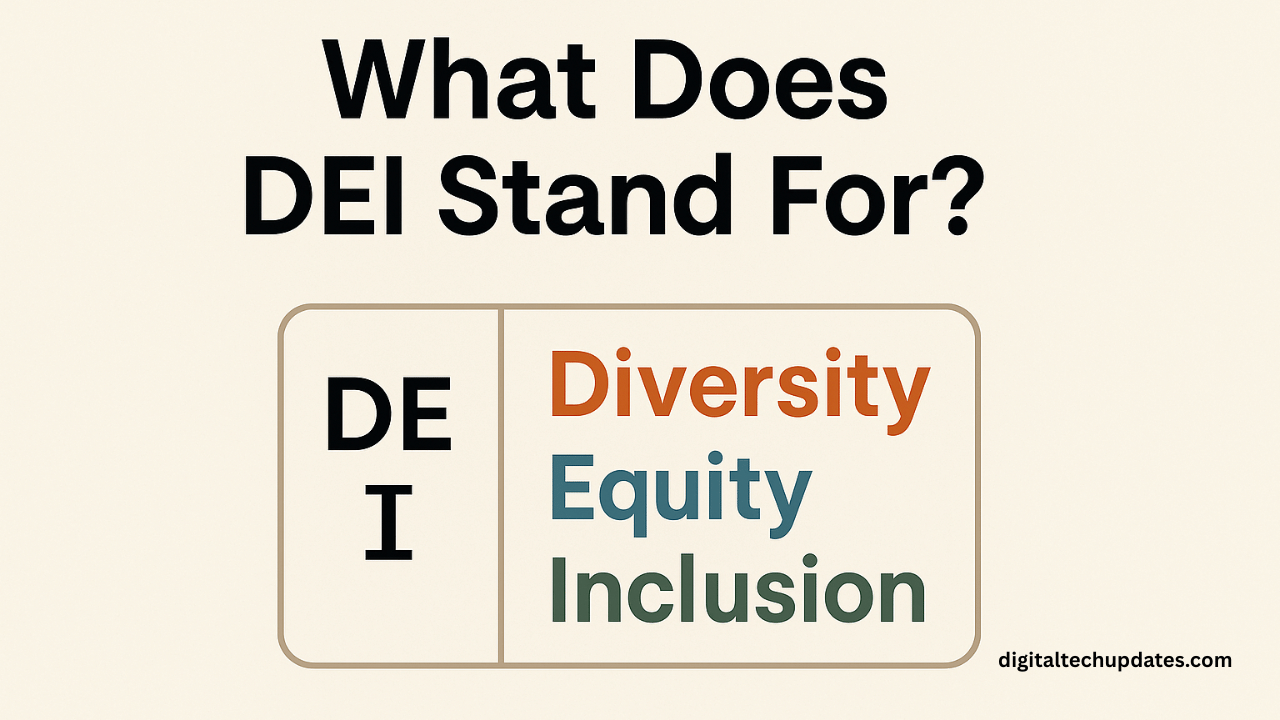Microsoft Outlook is a widely-used email client that helps users manage their emails, calendar, and contacts. However, as with any software, it can sometimes encounter errors. One common error that users may encounter is the “PII error,” which stands for “Personally Identifiable Information.”
This error occurs when Outlook is unable to properly process certain sensitive information, such as email addresses or personal information. This can be a frustrating experience for users, but fortunately, some steps can be taken to fix these errors. Whether you are a casual Outlook user or a business professional, there are various methods to help you troubleshoot and resolve PII errors.
What is Microsoft Outlook?
Microsoft Outlook is an email client, calendar, and personal information manager developed by Microsoft. It is a part of the Microsoft Office Suite and is available as a standalone application or as part of the Office Suite. Outlook allows users to manage their email, calendar, contacts, tasks, and notes in one place. It also includes features such as a built-in spam filter, support for multiple email accounts, and integration with other Microsoft Office applications.
It also includes a web-based version called Outlook on the web and mobile apps for iOS and Android. As a result, it is widely used for personal and business communication and organization.
What are Microsoft Outlook PII Errors?
Microsoft Outlook PII errors refer to instances where personally identifiable information (PII) is inadvertently exposed or shared using Microsoft Outlook email and calendar software. PII is any information that can be used to identify an individual, such as their name, address, social security number, or email address.
PII errors in Microsoft Outlook can occur in various ways and can lead to the exposure of sensitive personal information. To prevent PII errors, it is essential to be aware of the types of information that should not be shared through email or calendar entries, use privacy settings to control access to your email and calendar, regularly review the contents of your email and calendar, use encryption to secure your email and be vigilant when responding to requests for personal information via email.
Why or How do PII errors occur in Microsoft Outlook
There are several reasons why PII errors can occur on Microsoft Outlook:
Accidental sharing:
PII errors often occur when an individual accidentally sends an email containing sensitive information to the wrong recipient. This can happen due to a typo in the email address or a lack of attention when selecting the recipient from a contact list.
Lack of privacy settings:
If privacy settings are not properly configured in Outlook, sensitive information may be visible to others who have access to the email or calendar.
Lack of awareness:
Some individuals may be unaware of the types of information that should not be shared through email or calendar entries, leading to PII errors.
Phishing attempts:
PII errors can occur if an individual falls victim to a phishing attempt and provides sensitive information to a malicious actor.
Lack of encryption:
PII errors may also occur if emails containing sensitive information are not properly encrypted, leaving them vulnerable to interception by unauthorized individuals.
Lack of regular review:
PII errors can occur if an individual does not regularly review the contents of their email and calendar to ensure that no sensitive information is being shared inadvertently.
Lack of vigilance:
PII errors can occur if an individual is not vigilant when responding to requests for personal information via email.
PII errors can occur due to various factors such as accidental sharing, lack of privacy settings, awareness, phishing attempts, encryption, regular review, and vigilance. Therefore, it is essential to be aware of these potential causes and take steps to prevent PII errors from occurring.
How to solve and fix PII errors on Microsoft Outlook:
Several steps can be taken to fix PII errors on Microsoft Outlook:
- Recall the email: If an email containing sensitive information has been sent to the wrong recipient, it may be possible to recall the email using the recall feature in Outlook. This will retrieve the email before the recipient has read it.
- Delete the email: If the email has been read by the recipient and can’t be recalled, it is best to delete it from the recipient’s inbox and any other copy.
- Notify the recipient: If an email containing sensitive information has been sent to the wrong recipient, it is essential to notify the recipient and ask them to delete the email and not share it with anyone else.
- Review and update privacy settings: Review the privacy settings in Outlook and update them as necessary to ensure that sensitive information is not visible to unauthorized individuals.
- Be aware of the types of information: Be aware of the types of information that should not be shared through email or calendar entries, such as social security numbers, credit card numbers, and bank account information, as well as personal information, such as home addresses and phone numbers.
- Use encryption: Use encryption to secure your email messages; encrypting will ensure that only authorized recipients can read the email.
- Regularly review the contents of your email and calendar: Regularly review the contents of your email and calendar to ensure that no sensitive information is being shared inadvertently.
- Be vigilant when responding to requests for personal information via email: Be sure to verify the authenticity of the request and the sender before providing any sensitive information.
How to Prevent PII errors from occurring in Microsoft Outlook:
Several steps can be taken to prevent PII errors from happening in the first place on Microsoft Outlook:
- Be aware of what constitutes PII: Understand what types of information are considered personally identifiable information (PII) and should not be shared through email or calendar entries, such as social security numbers, credit card numbers, and bank account information, as well as personal information such as home addresses and phone numbers.
- Use privacy settings: Configure privacy settings in Outlook to ensure that sensitive information is not visible to unauthorized individuals.
- Verify recipient: Verify the recipient’s email address before sending an email to avoid sending it to the wrong person.
- Use Tools: Use security tools that automatically detect and flag sensitive data, such as email encryption, data loss prevention, and data discovery tools.
Conclusively, preventing PII errors from happening in the first place on Microsoft Outlook can be achieved by being aware of what constitutes PII, using privacy settings, verifying recipient, using encryption, regularly reviewing the contents of your email and calendar, being vigilant when responding to requests for personal information via email, and using security tools.
Conclusion:
Microsoft Outlook PII errors can be caused by various factors, including incorrect email addresses, configurations, and malware. To fix these errors, users can try troubleshooting steps such as checking their email addresses, double-checking their configurations, and running a malware scan.
Additionally, users can contact Microsoft support for further assistance. Finally, it is essential to keep in mind that protecting personal information is crucial, and taking steps to prevent PII errors is an essential step to be taken to keep your information safe.




